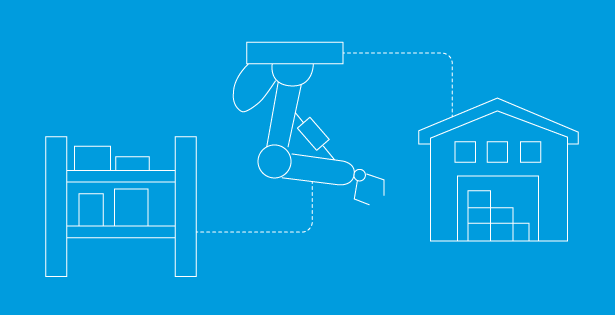NetSuite’s Dunning module offers powerful automation for collections, but its native configuration does not support filtering based on behavioral metrics. This guide outlines a method for customizing the Dunning process using two calculated customer fields: Average Days Overdue and Revenue Over the Past 12 Months.
Step 1: Build Supporting Saved Searches
Two transaction saved searches were developed:
– Average Days Overdue: Calculates the average number of days invoices are overdue per customer.
– 12-Month Revenue: Sums total invoiced revenue over the past 12 months.
Each search returns a single value per customer and is linked to the customer record. To do this, create an available filter for Customer (Main Line) : Internal ID, which will link the transaction search back to the Customer for the non-stored field. Below are screenshots for the Average Days Overdue Saved Search.

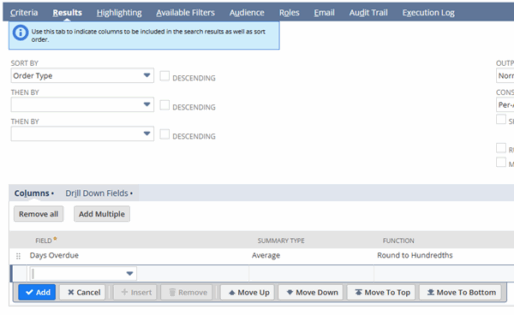

Step 2: Define Non-Stored Custom Fields
Two non-stored custom fields were created on the customer record:
– Average Days Overdue
– 12-Month Revenue
Each field is powered by a saved search that calculates the respective metric dynamically. These fields are not stored in the database and therefore cannot be used directly in workflows or Dunning filters.
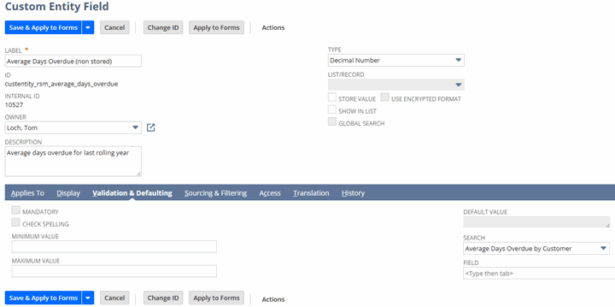
Step 3: Create Stored Fields and Workflow
To make the calculated values usable in the Dunning module, two stored custom fields were created. A scheduled workflow was then configured to copy the values from the non-stored fields into the stored fields.
– Workflow triggers on a scheduled basis (e.g., nightly).
– “Set Field Value” actions are used to populate the stored fields with the latest calculated values.
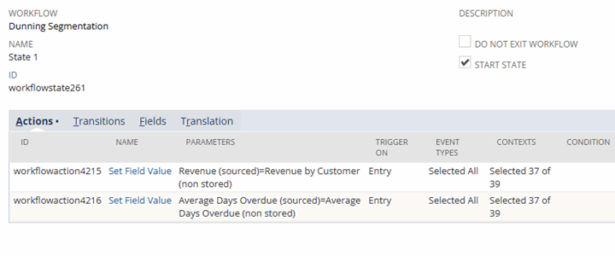
Step 4: Construct a Dunning Filter Saved Search
A new saved search was created to filter customers based on the stored values:
– Average Days Overdue greater than a defined threshold.
– 12-Month Revenue greater than a defined threshold.
This search serves as the customer filter for the Dunning module.
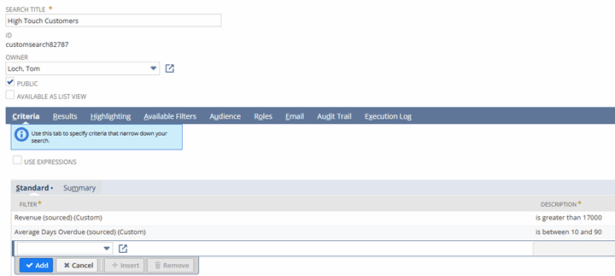
Step 5: Configure the Dunning Module
The saved search from Step 4 is applied as the customer filter in the Dunning configuration. Dunning levels and templates are then set up as needed.
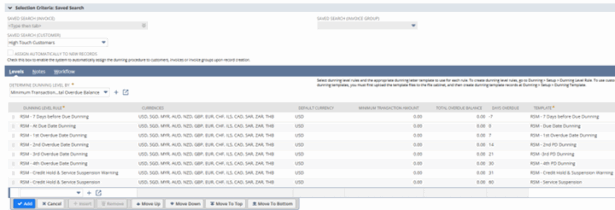
Summary
This configuration enables a more strategic Dunning process by targeting customers based on payment behavior and revenue contribution. The Dunning module, when paired with custom logic and workflows, becomes a highly adaptable tool for managing collections. By leveraging NetSuite’s extensibility, organizations can align dunning strategies with customer value and risk—maximizing efficiency while preserving key relationships.

 RSMUS.com
RSMUS.com

